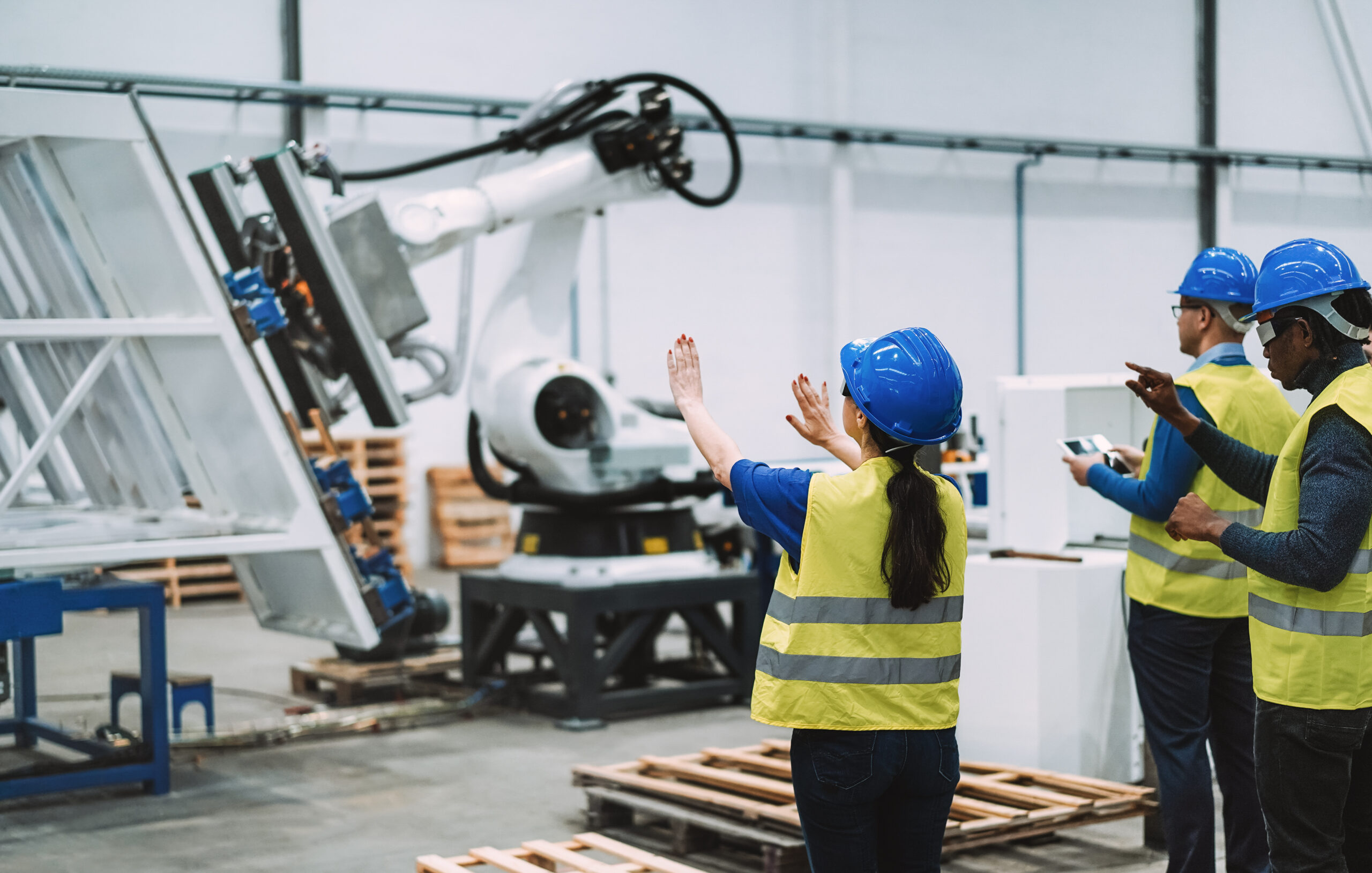We design performance support applications that enhance your employees on the job efficiency ratings. These applications can provide real time interaction and information with your machines and systems, or, offer step-by-step guides on processes and procedures, in real time.
What is Extended Reality?
Extended Reality (XR) is an umbrella term that covers all of the immersive technologies. Today, we have Augmented Reality (AR), Virtual Reality (VR), and Mixed Reality (MR).
All immersive technologies extend the reality we experience in everyday life, by either blending the Virtual and “Real” worlds, or, by creating a fully immersive experience.
In Augmented Reality (AR), virtual information and objects are overlaid on the real world, enabling the user to not be isolated from their surroundings, and still see and interact with what’s going on in front of them. This can be accomplished by way of smart device, or AR glasses/goggles that are worn over their eyes.
AR technologies are being used by companies to provide virtual hands-on training, locational simulations, and more.
In Virtual Reality (VR), users are fully immersed in a simulated, digital environment. The user must put on a VR Headset to get a 360-degree view of an artificial world that allows their brain to believe that they are actually in the environment.
VR technologies are being used by companies to provide more immersive hands-on training, teaching processes and procedures, situational troubleshooting and response initiatives, and more.
In Mixed Reality (MR), digital and real-world objects co-exist and can interact with one another in real-time. MR allows you to place digital objects into the room you are in and give you the ability to interact with them in any way possible.
MR technologies require more processing power than AR, and The Pupil Company develops MR applications to be used with the Microsoft Hololens 2.
MR technologies are being used by companies to help solve problems, support initiatives, offer real-time performance support, interact with real-time data, and more.
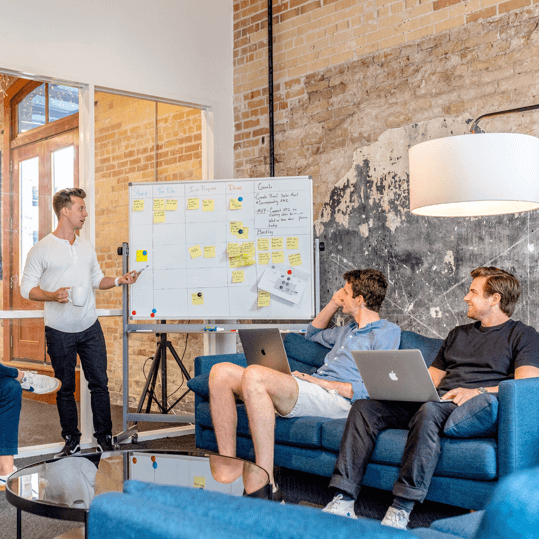

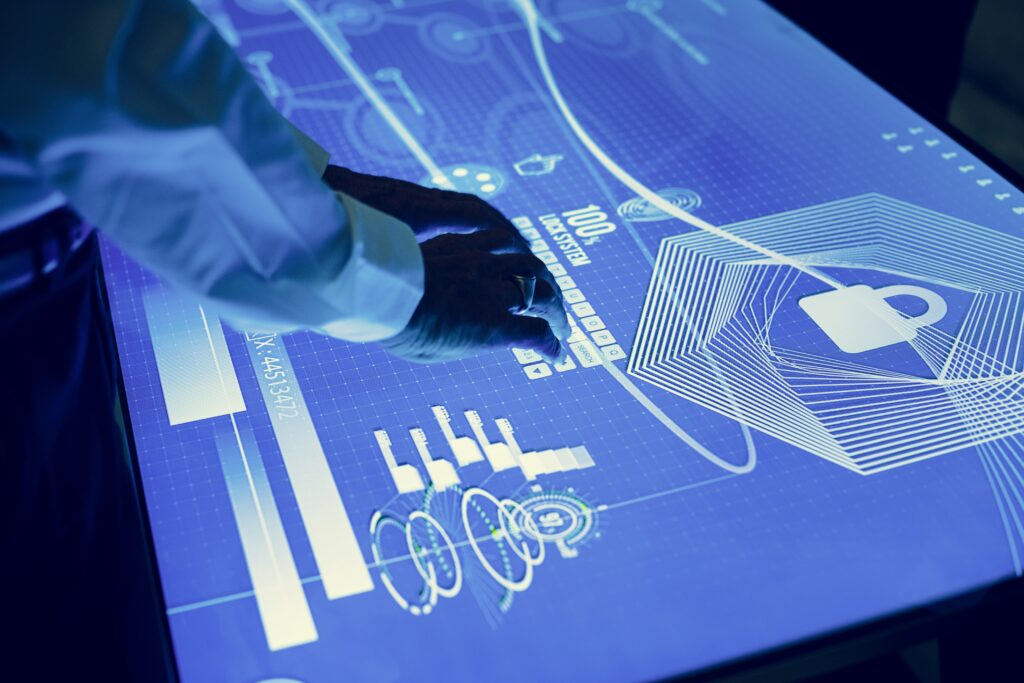
Virtual Reality is an impeccable way to Build, Develop, and Condition your work force’s neural pathways and problem solving skills before they are live on the job.
Benefits of VR & AR Training
Both Virtual Reality and Augmented Reality are fantastic ways to increase efficiency and productivity in your business. This training method will allow your employees to practice and learn new skills in a simulated environment, which can help them become proficient faster and perform their jobs more efficiently. This type of training is much more engaging and interactive then traditional training methods which will help increase employee engagement throughout your business.
Your business will be able to enjoy the convenience of VR and AR training, which can be done remotely for companies that have a distributed workforce or for those employees who may not be able to travel to a training location.
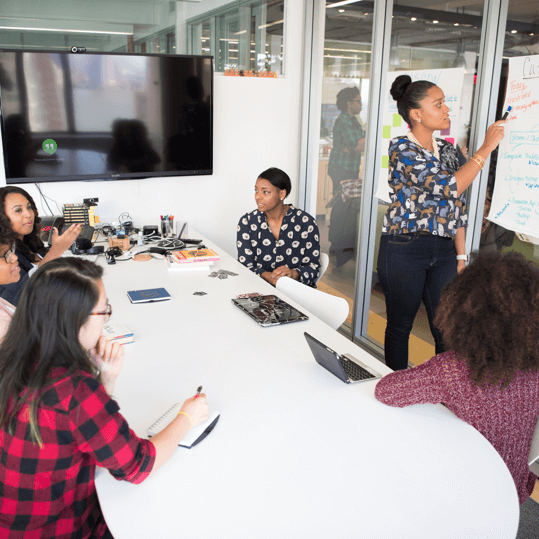
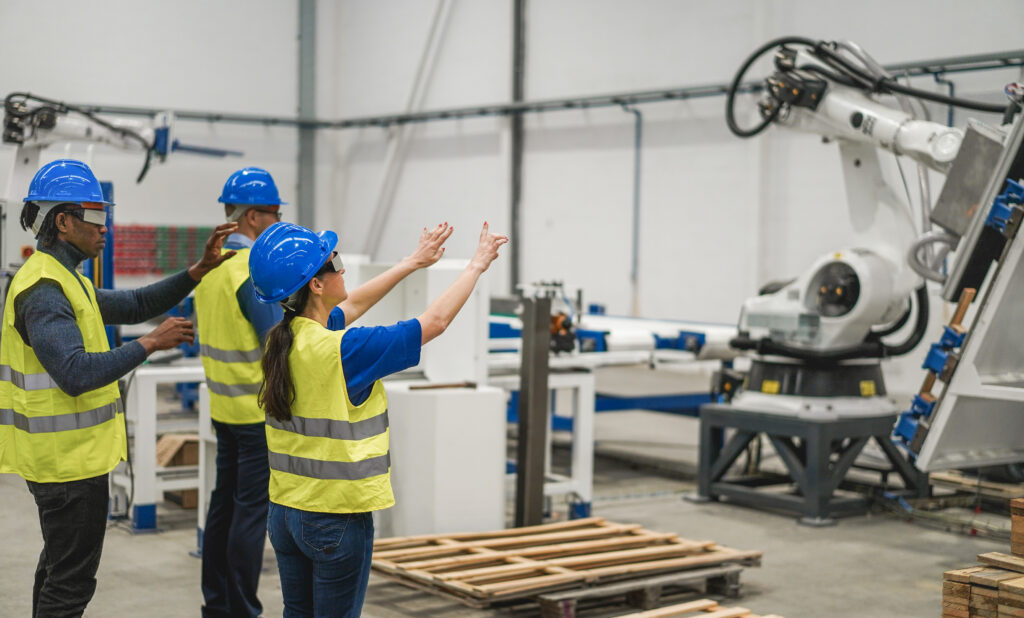
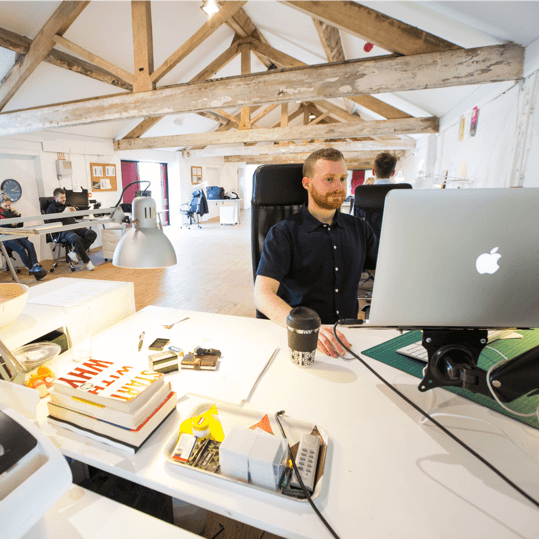
Augmented Reality can boost employee engagement as well as reduce learning curves while lowering training costs.
Your business and employees can have the peace of mind knowing the mistakes made within the VR and AR environments will not damage and/or cause harm to anyone or anything. This is a cost savings that is priceless.
See How VR Will Impact Your Training While Remaining Safe
Watch Demo Below!
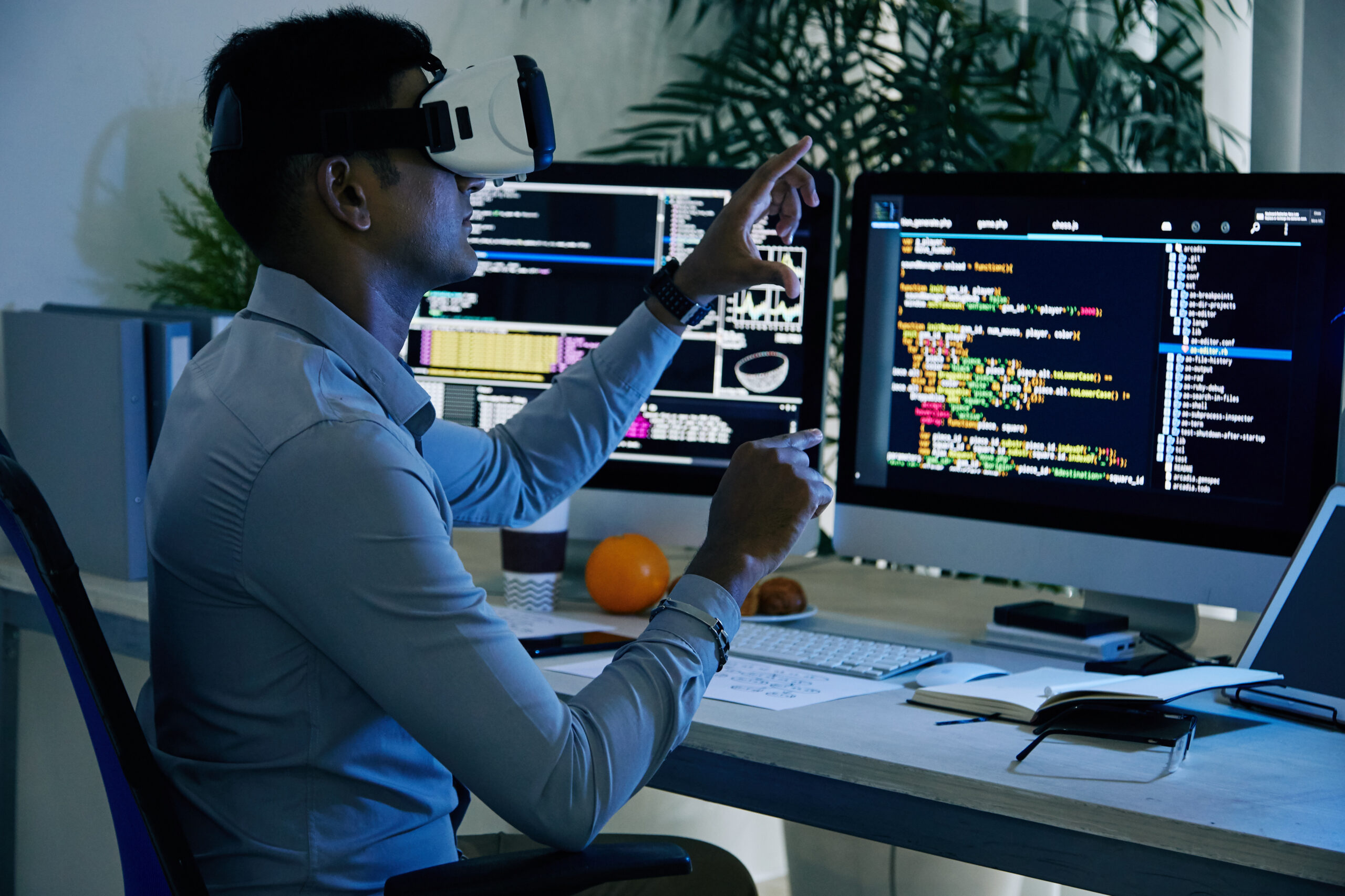
See How AR Will Change Your Training Environment Through Live Interacts
Watch Demo Below!
